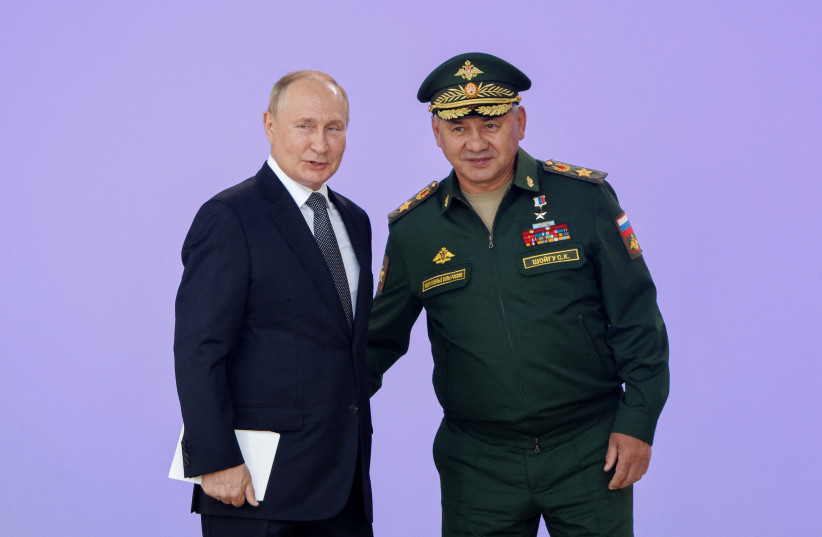The Russian Zircon hypersonic has started being mass produced, Russian Defense Minister Sergei Shoigu told Russian media on Saturday night.
"We are starting mass production of Zircon missiles. We have actually put it into service. This year it will be documented," Shoigu said in an interview with Russia-1 TV channel, according to Russian state media.
On July 31, Russian President Vladimir Putin said that the hypersonic missile would be deployed in coming months. Three days prior, TASS specified that the Zircon would be deployed on surface ships as early as September, the Admiral Gorshkov frigate being the first to be equipped.
Shoigu also said that the production of the Kinzhal hypersonic missile would continue. The Kh-47M2 Kinzhal or "Dagger" missile is an air-launched weapon, whereas the new Zircon is a naval weapon. An air-to-ground version is also in development, but the naval version was prioritized because of a production backlog and because that role is already filled by the Kinzhal. Both hypersonic missiles are nuclear warhead capable.
Increased missile production
The Russian defense minister also announced at the Army-2022 forum contracts worth half a trillion rubles for items including the supply S-500 anti-aircraft missiles and RS-28 Sarmat intercontinental ballistic missiles, RIA reported.

Shoigu said that the contracts were proof that Russia's military-industrial complex was "far from isolated," according to TASS. Previous reports have highlighted how Russian munitions have been hobbled by the relliance on foreign technology and electronics to produce them. The rising cost of raw materials due to Ukraine war sanctions has reportedly further hindered Russia's military-industrial complex.
Russian hypersonic missiles in Ukraine
The Zircon is alleged to be able to reach speeds of Mach 10 (12,300 km/h; 7,610 mph; 3.4 km/s), and would be used as an anti-ship weapon and against ground targets. According to the Russian Defense Ministry, a test in the Barents Sea in May saw the weapon strike a target in the White Sea from almost 1,000 kilometers away.
The Kinzhal was used in combat for the first time on March 20, to strike a military fuel depot near the southern Ukrainian city of Mykolaiv. On Thursday, Russia stationed three MiG-31 aircraft equipped with Kinzhal hypersonic missiles in the Kaliningrad exclave, to the backdrop of rising tensions with Lithuania.
Hypersonic missiles are incredibly fast guided projectiles that have a short window from launch to strike. Their maneuverability allows them to evade current missile defense systems.
Michael Starr contributed to this report.
